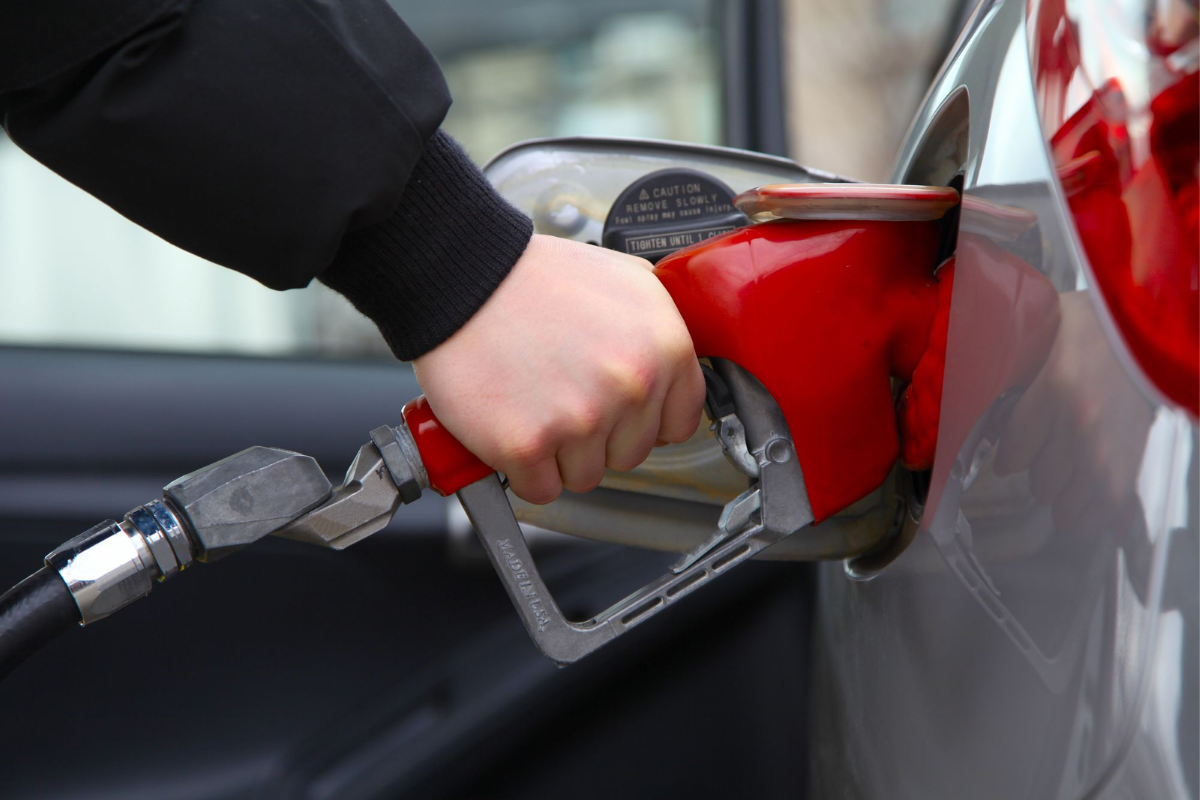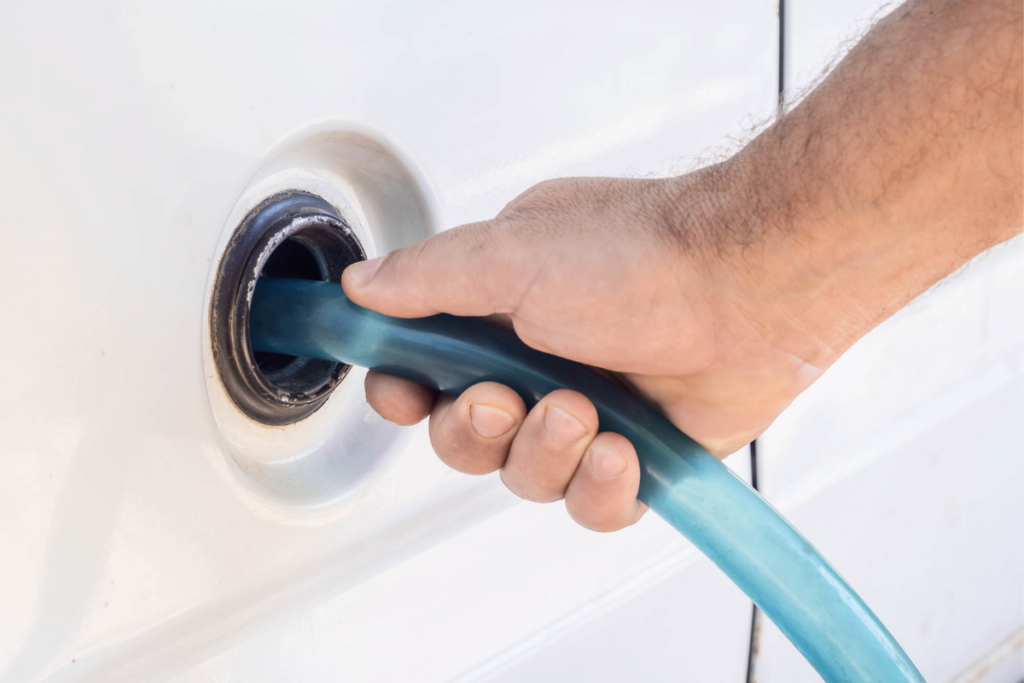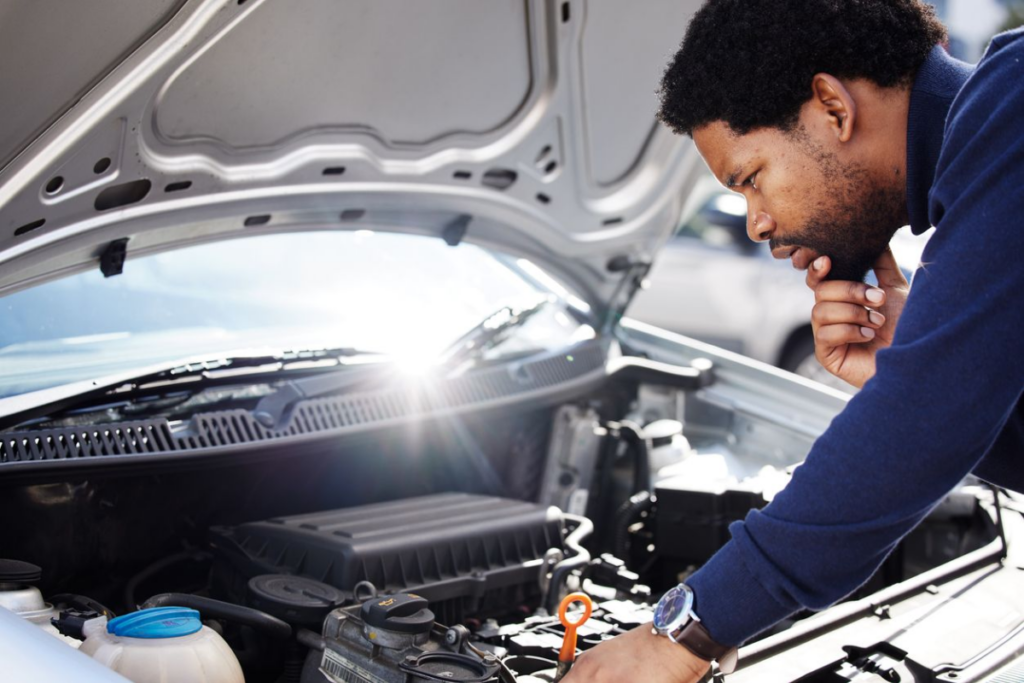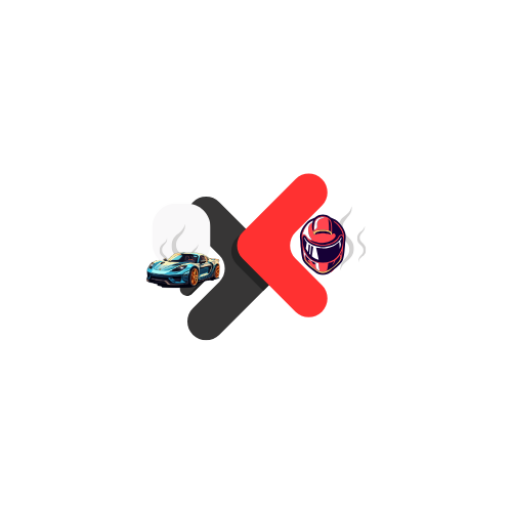📖 Table of Content:
How to Treat Bad Gas in Your Car Fuel quality plays a crucial role in maintaining your car’s performance. When bad gasoline enters your vehicle’s system, it can lead to a range of issues, from reduced engine efficiency to potential damage. Understanding how to treat bad gas is essential for every car owner to prevent costly repairs and ensure smooth operation.
Bad gas can result from various factors, including contamination, water ingress, or simply using old or low-quality fuel. This guide will walk you through the symptoms of bad gas, immediate actions to take, and effective treatment methods to restore your car’s performance.
Symptoms of Bad Gas in Your Car
Engine Sputtering and Stalling
One of the first signs of bad gasoline is engine sputtering. The car may stall, especially when idling, due to uneven fuel combustion caused by contaminated or degraded gasoline.
Poor Acceleration and Power Loss
Bad gas can lead to poor acceleration, as the engine struggles to generate power. You may notice your car hesitating or feeling sluggish when you press the accelerator.
Check Engine Light Activation
The check engine light might illuminate, indicating issues with the fuel system or engine performance due to the presence of bad gas.
Table of Contents
Immediate Steps to Take If You Suspect Bad Gas
Pull Over and Turn Off the Engine
If you suspect that your car has bad gasoline, it’s crucial to act immediately. Pull over to a safe location and turn off the engine. Continuing to drive with contaminated fuel can lead to further damage, so it’s better to stop and assess the situation.
Inspect for Unusual Smells or Leaks
After stopping the vehicle, check for any unusual smells, such as a strong odor of gasoline, which might indicate fuel contamination. Also, look for visible leaks around the fuel tank area or under the car. Identifying these signs early can help prevent more significant issues down the road.
How to Treat Bad Gasoline in Your Car
Using Fuel Additives
Fuel additives are one of the most common methods to treat bad gasoline. They help in stabilizing the fuel and improving its quality.
- Octane Boosters: These additives increase the octane level of your gasoline, helping the engine run smoother and preventing knocking.
- Fuel Stabilizers: Designed to prevent the degradation of gasoline, stabilizers are particularly useful if your car has been sitting idle for a while.
Pros and Cons of Using Additives
- Pros:
- Easy to use: Simply pour the additive into the gas tank.
- Cost-effective: Cheaper than draining the tank or professional repairs.
- Immediate effects: Can quickly improve engine performance.
- Cons:
- Limited effectiveness: Additives may not work if the gas is severely degraded.
- Temporary solution: May not fully resolve underlying issues, especially if water contamination is involved.
Draining the Gas Tank
If fuel additives do not solve the problem, draining the gas tank might be necessary.
- When to Consider Draining: Draining should be considered when the gas is heavily contaminated, the car is experiencing severe performance issues, or after using an ineffective fuel additive.
- Step-by-Step Guide to Draining the Gas Tank:
- Safety First: Ensure the car is on a flat surface and the engine is cool. Wear protective gloves and eyewear.
- Locate the Fuel Tank Drain Plug: This is usually at the bottom of the fuel tank. Refer to your vehicle’s manual for the exact location.
- Prepare a Container: Place a large container under the drain plug to collect the old gasoline.
- Open the Drain Plug: Carefully unscrew the plug and allow the fuel to drain completely.
- Dispose of Old Gasoline: Follow local regulations for proper disposal of old fuel.
- Refill with Fresh Gasoline: Once drained, fill the tank with fresh, high-quality gasoline.
Replacing the Fuel Filter
Sometimes, bad gasoline can clog the fuel filter, which may need to be replaced.
- Importance of a Clean Fuel Filter: A clean fuel filter is essential for ensuring that only clean fuel reaches the engine. A clogged filter can lead to reduced performance, engine stalling, and other issues.
- How to Replace the Fuel Filter Safely:
- Relieve Fuel Pressure: Before starting, relieve the fuel system’s pressure by disconnecting the fuel pump fuse or relay and running the engine until it stalls.
- Locate the Fuel Filter: Typically found along the fuel line, either under the car or in the engine bay.
- Disconnect the Fuel Lines: Use a wrench to disconnect the fuel lines from the filter. Be prepared for some fuel spillage.
- Remove the Old Filter: Unscrew any mounting bolts and remove the old filter.
- Install the New Filter: Attach the new filter in the same orientation as the old one, reconnect the fuel lines, and secure it with mounting bolts.
- Check for Leaks: Once everything is reconnected, start the car and check for any leaks around the filter.
Replacing the fuel filter ensures that your car runs smoothly and prevents future issues related to bad gasoline.
Preventing Bad Gasoline Issues in the Future
Choosing High-Quality Gasoline
To minimize the risk of bad gas, always opt for fuel from reputable gas stations. High-quality gasoline typically contains detergents and additives that help keep your engine clean and improve fuel stability. Avoid purchasing fuel from stations with low turnover, as gasoline can degrade over time.
Regular Maintenance Tips
Regular vehicle maintenance is key to preventing fuel-related problems. Schedule routine checks for your fuel system, including the fuel filter, fuel injectors, and fuel lines. Keeping your car’s fuel system clean and free from contaminants ensures optimal performance.
Storing Your Car Properly
If you plan to store your car for an extended period, take precautions to protect the fuel quality. Fill the tank to prevent condensation and add a fuel stabilizer to prevent degradation. Store the vehicle in a cool, dry place to minimize temperature fluctuations that can affect fuel stability.
When to Seek Professional Help
While addressing bad gas in your car can often be managed with DIY solutions, there are times when professional assistance is necessary. If you’ve tried fuel additives, drained the tank, and replaced the fuel filter without resolving the issue, it may be time to consult a mechanic. Persistent symptoms like engine misfires, stalling, or a check engine light that won’t turn off are indicators that the problem could be more serious.
When seeking a mechanic, look for one with a good reputation and experience in handling fuel-related issues. Check reviews, ask for recommendations, and ensure they use quality parts and diagnostic tools. A trusted mechanic will be able to accurately diagnose the problem and provide the necessary repairs to get your car back to optimal performance.
Frequently Asked Questions (FAQs)
How Long Can Gasoline Last in a Car?
Gasoline typically lasts between three to six months in a vehicle’s tank before it starts to degrade. Factors like temperature, storage conditions, and the presence of additives can affect its longevity.
Can Bad Gas Ruin Your Engine?
Yes, bad gas can potentially damage your engine. Contaminants or degraded fuel can lead to poor combustion, increased wear, and even engine misfires, which might cause long-term damage if not addressed promptly.
What Are the Best Fuel Additives for Treating Bad Gas?
Some effective fuel additives for treating bad gas include octane boosters and fuel stabilizers. Octane boosters improve the fuel’s combustibility, while fuel stabilizers help prevent further degradation and clean the fuel system.
What Should I Do If I Have Bad Gas in My Car?
If you suspect bad gas, consider using a fuel additive to improve the quality of the fuel. If problems persist, you may need to drain the tank and replace the fuel filter.
How to Remove Bad Fuel from a Car?
To remove bad fuel, you can drain the gas tank manually or use a siphoning tool. Once the bad fuel is removed, refill the tank with fresh gasoline and check the fuel system for any remaining contaminants.
Will a Gas Treatment Help with Bad Gas?
A gas treatment can help mitigate the effects of bad gas by stabilizing the fuel and cleaning the fuel system. However, it may not fully resolve severe cases where the fuel is heavily contaminated.
How to Treat Bad Gas in Your Car Fast?
For a quick fix, add a high-quality fuel additive to the tank. If the issue persists, draining the tank and refilling with fresh fuel is the most effective solution.
How to Treat Bad Gas in Your Car Without Removing It?
If removing the bad gas is not an option, adding a fuel additive or octane booster can help improve the quality of the fuel and alleviate some symptoms.
What to Do If You Get Bad Gas from a Gas Station?
If you suspect that you’ve received bad gas from a gas station, contact the station to report the issue. You may also need to treat the fuel or seek a professional mechanic’s help if problems arise.
How to Test for Bad Gas in a Car?
To test for bad gas, you can perform a simple smell test—bad gas often has a sour or stale odor. Additionally, a mechanic can analyze the fuel’s condition with specialized equipment.
What Are the Symptoms of Bad Gas in Your Car?
Common symptoms include engine sputtering, poor acceleration, reduced power, and activation of the check engine light. These signs indicate that the fuel quality may be compromised.
What to Do If You Have Bad Gas in Your Stomach?
If you’ve ingested gasoline, seek medical attention immediately. Do not induce vomiting or consume food or drink. Bad gas ingestion can be extremely harmful.
How Long Does It Take for Bad Gas to Affect Your Car?
The effects of bad gas can vary. Symptoms may appear almost immediately after use or develop over time, depending on the severity of the fuel degradation.
What Does Bad Gas Sound Like in a Car?
Bad gas can cause the engine to run rough or make unusual knocking or pinging sounds. These noises indicate poor combustion and potential fuel quality issues.
Conclusion
In summary, dealing with bad gasoline involves recognizing the symptoms early, taking immediate action, and applying effective treatment methods. Whether it’s using fuel additives, draining the gas tank, or replacing the fuel filter, addressing bad gas promptly can help restore your vehicle’s performance and avoid further issues.
Final Tips for Maintaining Fuel Quality in Your Car:
- Always choose high-quality fuel from reputable sources to minimize the risk of contamination.
- Regularly maintain your vehicle, including checking the fuel system and replacing the fuel filter as needed.
- Store your vehicle in a cool, dry place to prevent fuel degradation and water accumulation.
By following these practices, you can ensure your car runs smoothly and efficiently, even when faced with fuel-related challenges.




